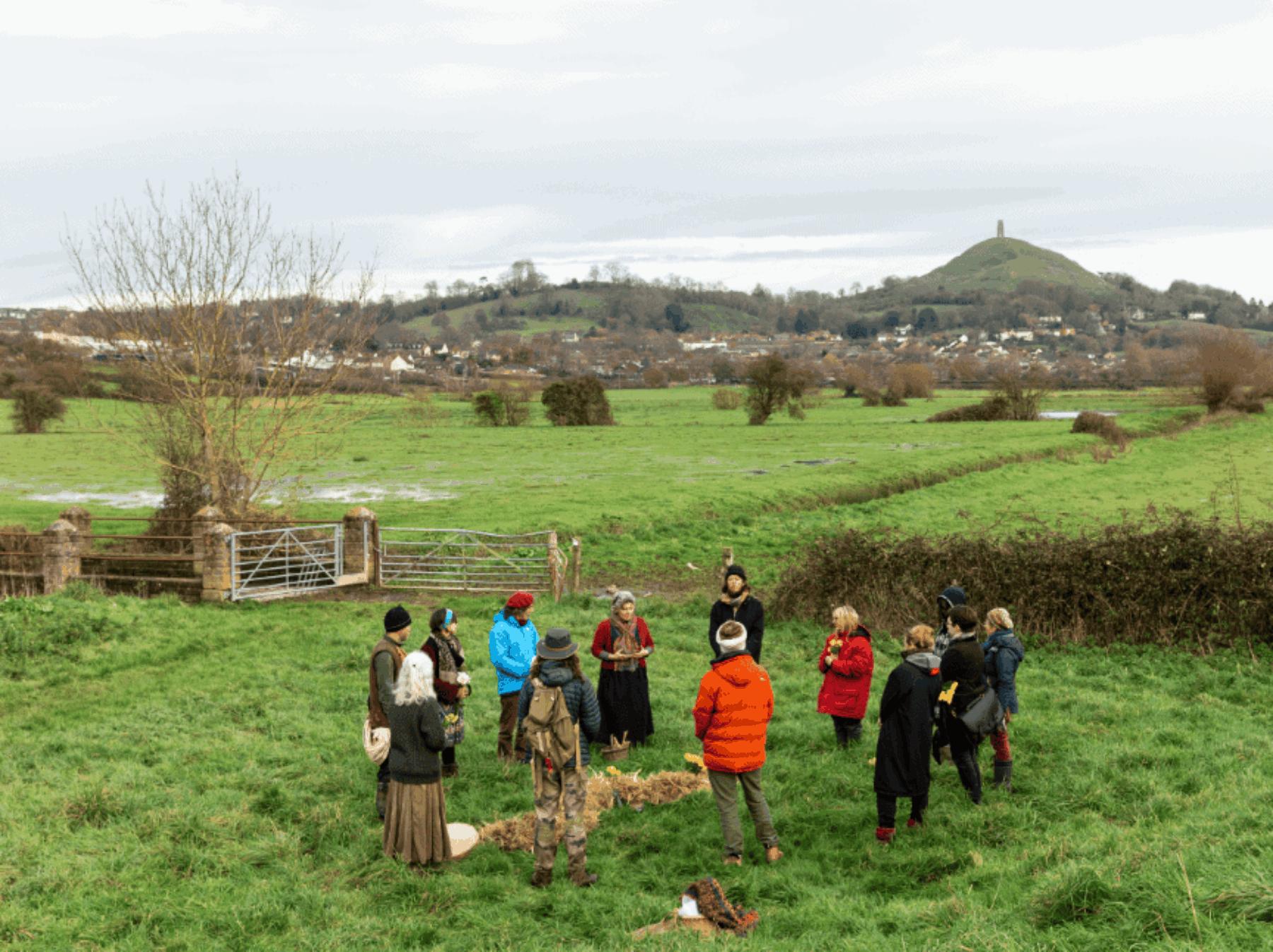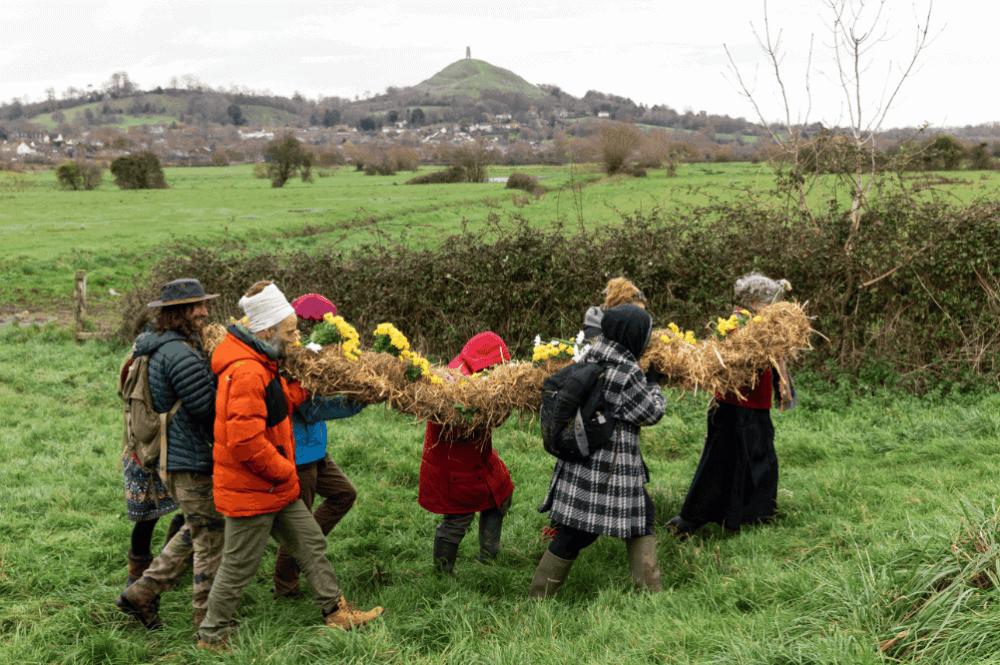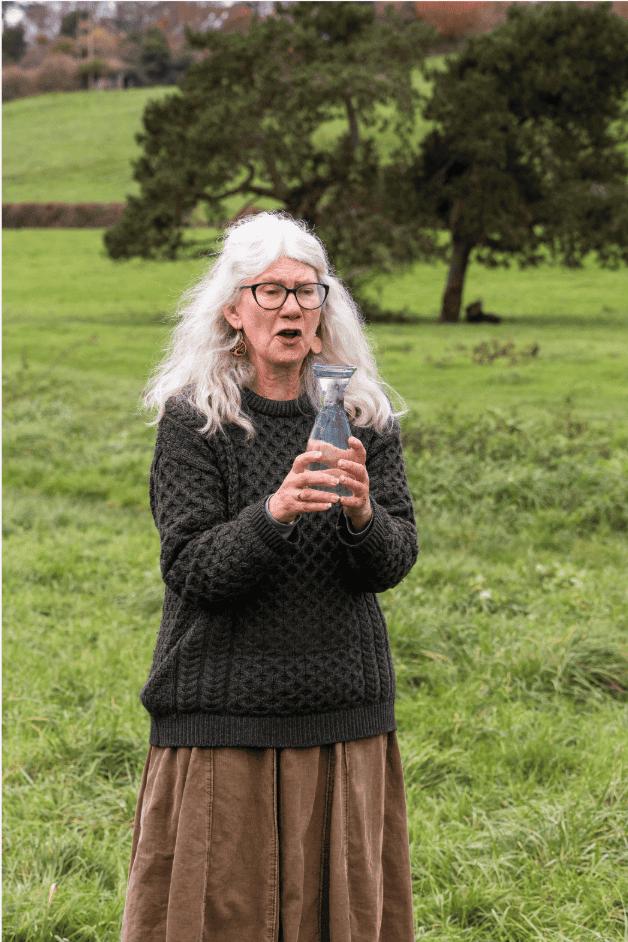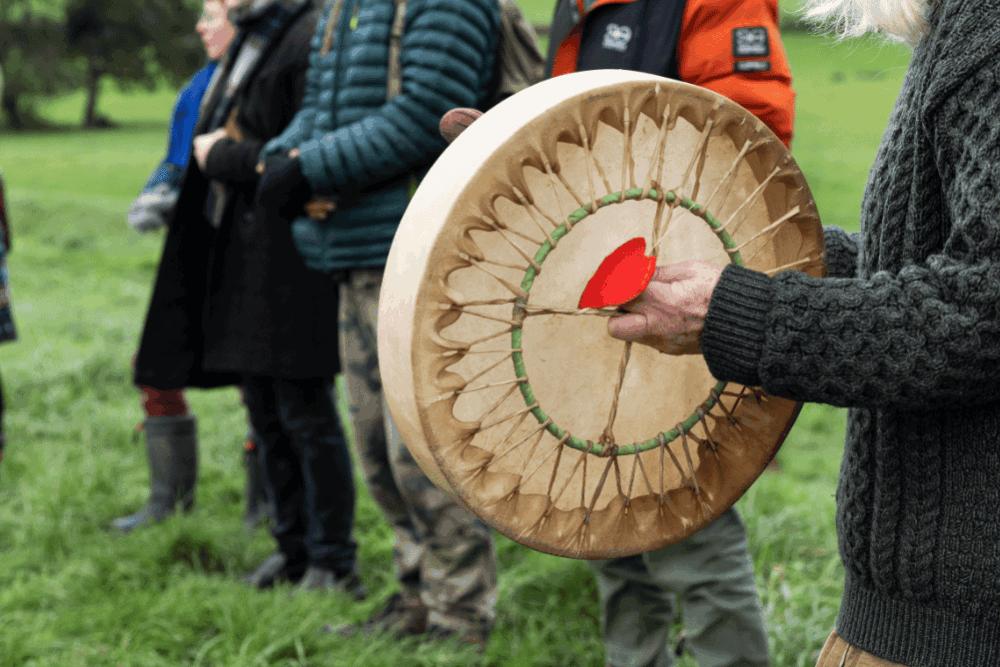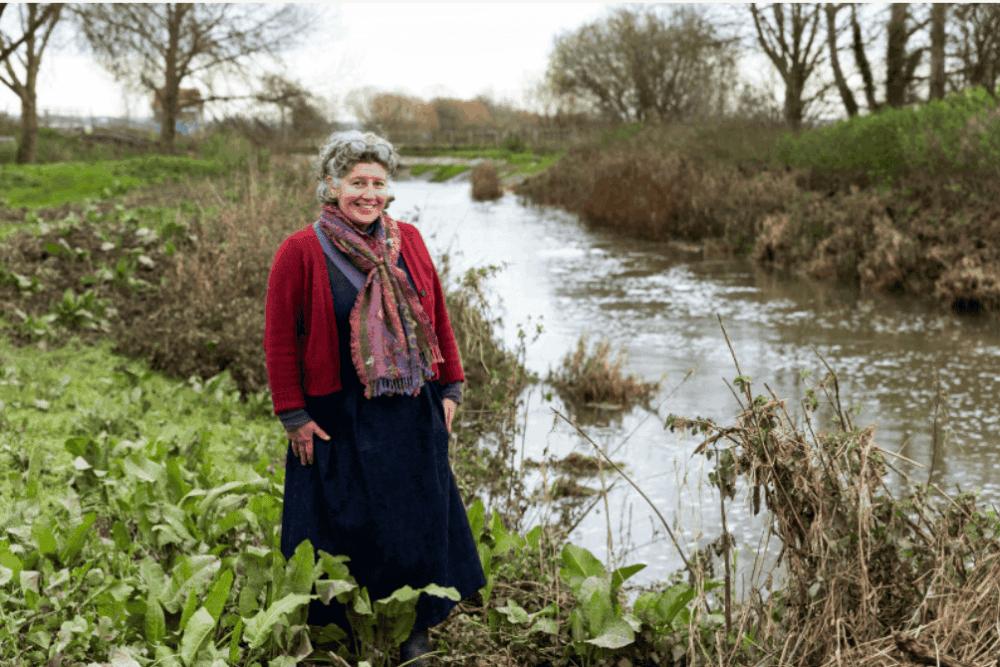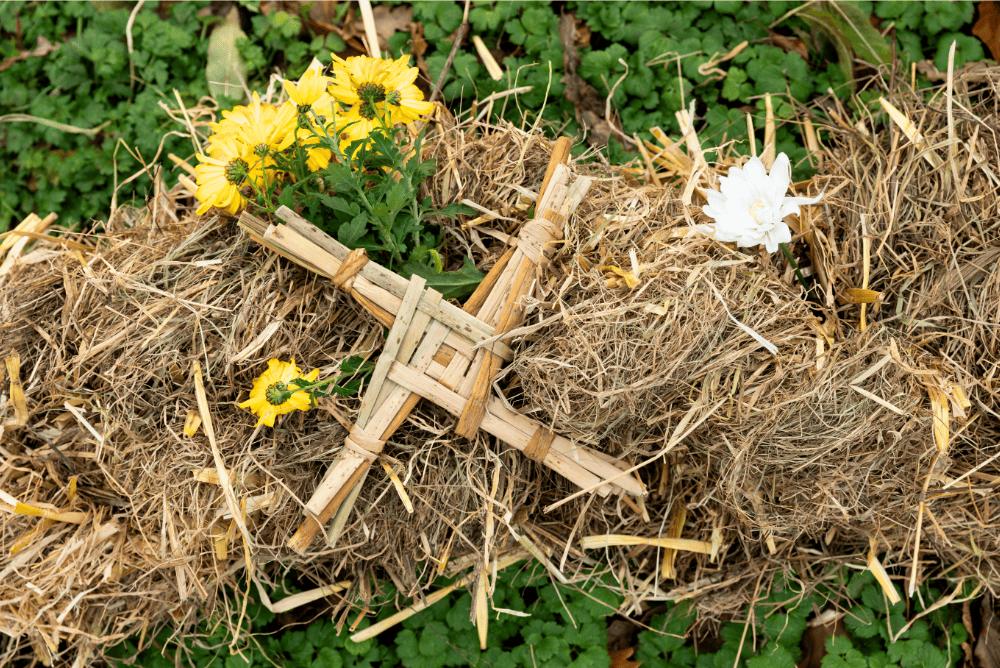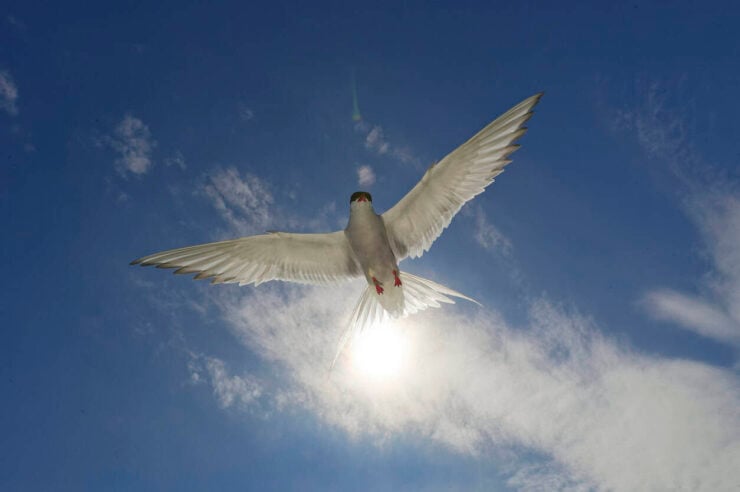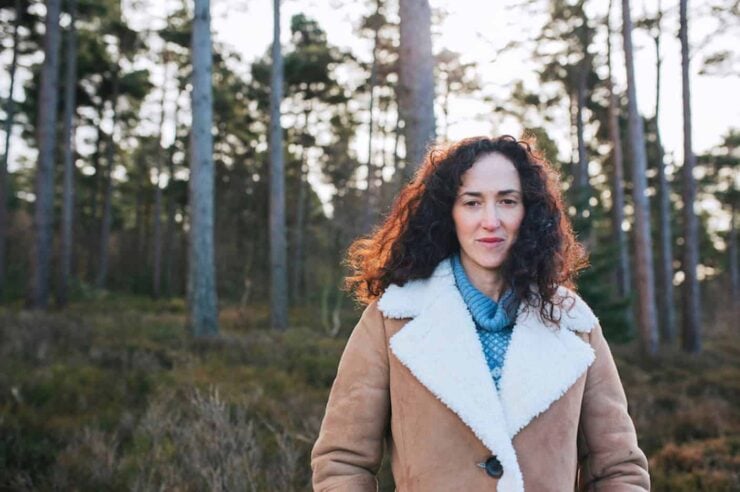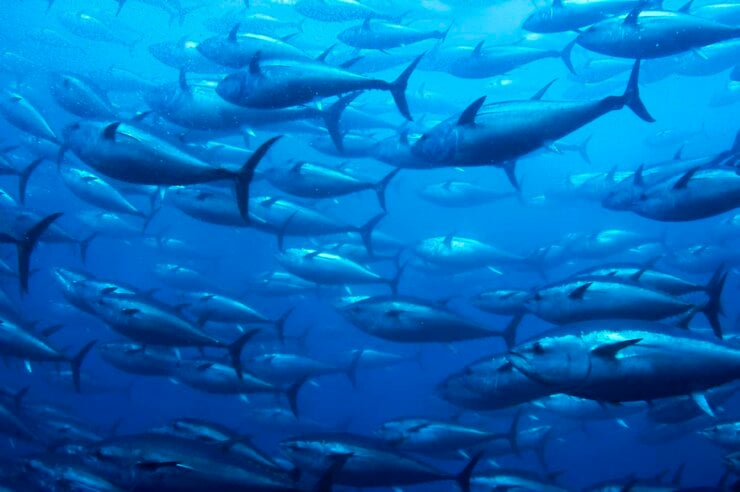A community conservation project is helping to bring European eels back from the brink through an innovative combination of artistic outreach and citizen science
Vanessa Becker-Hughes remembers when eels were plentiful on the Somerset Levels. As a girl in the 1970s she would fish for eels using a hazel stick and worms, storing her catch in her grandmother’s bath before they would be poached in milk for dinner. On a good night, she and her family could catch up to 200 using this traditional technique – known locally as ‘rayballing’ – to sell around the village the following day.
Last summer, Becker-Hughes decided to go rayballing for the first time since her childhood, after receiving the necessary permits. She managed to catch (and release) only one. “Relating that back to my experiences when I was 10 or 11, I felt a great sadness,” she says.
For millions of years, European eels have made their extraordinary migration from the Sargasso Sea across the Atlantic to the rivers of Europe. They undergo five metamorphoses over around 20 years, before returning to the Sargasso to spawn and die.
Eels were once so common in the Levels they were used as currency to pay tax, and evidence of their former importance is still reflected in place names and ancient buildings. But numbers have fallen by about 95% over Becker-Hughes’ lifetime, due to factors including the drainage of wetlands, food barriers that prevent migration, and water pollution.
Determined to help bring this critically endangered fish back from the brink, Becker-Hughes and other residents founded the Somerset Eel Recovery Project (SERP) in the summer of 2023. Its approach is somewhat unconventional. To successfully restore eels to Somerset’s waterways, they believe, they also need to be restored in the hearts and minds of the people who live here.
To this end, they’re working with artists and historians, as well as environmentalists and scientists, to rebuild the “lost connection” between people and eels. So far, they have engaged thousands of local people through a combination of creative outreach and citizen science.
Members aim to reach old and young alike, holding monthly ‘eel cafes’ – drop-in sessions to capture older residents’ oral histories – while inspiring the next generation. Last year, primary schoolteacher Hannah Strode set up 59 elver tanks in nurseries, primary, secondary and special educational needs schools.
Strode describes the children as “bursting with excitement” as she carried polystyrene boxes containing elvers from her car (which was quickly dubbed the ‘eel mobile’) into the classrooms. Pupils in one reception class wanted to know if elvers cuddle and play. “They asked these really deep, resonant questions, about what does it mean to be a human? What does it mean to be an eel?” says Strode. “Children have so much to teach us about how to look at the world.”
For several weeks the children fed the elvers and cleaned their tanks, while studying resources Strode had prepared, from biology lessons to games including Eels and Ladders. The elvers were then released. Strode says both children and elvers benefited, including in one unanticipated way. “There’s something really calming and quite magical about the way that the eels move,” she says.
The children asked these really deep, resonant questions, about what does it mean to be a human? What does it mean to be an eel?
“For children who struggle with the school environment, with the light and noise, being able to have [the tank] in their classroom where they could watch and become calm – and have responsibility as well – it was really powerful.”
The children also created artworks in response to a series of linocuts by Somerset artist Julia Manning. Titled The Decline of Eels, it was inspired by a conversation Manning had with eel expert Andy Don and was displayed at SERP’s first ‘eel conference’ in Glastonbury last summer.
“Incorporating science and art is a winner,” believes Manning when it comes to raising awareness. She says people often have no idea about the threats facing eels before seeing the prints, which have also been displayed in galleries and hospitals.
“Art changes how you feel inside,” agrees Becker-Hughes. This was also her intent behind the blessing of the River Brue before an eel release last summer, in which she encouraged participants to open their senses to their surroundings. “We talked about what the river means to us while looking at the water. The wind was on our faces, and it started raining, and there were the river smells as another sensation. It all added up to make us feel different,” she says.
The group is also undertaking more conventional conservation activities. Last year, thanks to a crowdfunding campaign that raised £14,000 in just a few weeks, the group carried out eDNA tests of the River Axe and the ditches on either side with the help of technology company NatureMetrics. What they found shocked them. Although there was DNA evidence of eels in the river, the waterways on either side showed very few or none.
“That rang alarm bells that the drainage system and the river system were separate and they weren’t being managed as a whole, from the point of view of fish,” says Andrew Kerr, chairman of the European-wide science and conservation-led Sustainable Eel Group, which supports SERP.
I really believe that the eel could become a household symbol of our water – freshwater and salt water – like the honey bee is for pollination and clean air
Engineered solutions take time to implement, so the group has devised a low-cost interim measure using the heritage craft of rush weaving. Through a series of workshops, members have woven rush ropes, which they intend to drape over barriers in the river to enable elvers to pass over the top.
Other planned activities for this year include getting permits from the Environment Agency to catch elvers and release them upstream, trialling acoustic monitoring of eel populations, and hosting elver tanks in community settings as well as schools.
Becker-Hughes is determined to see eels thriving in Somerset once again. Taking action to protect them will, she says, benefit many other aquatic species.“The eel is just one thing. But I really believe that the eel could become a household symbol of our water – freshwater and salt water – like the honey bee is for pollination and clean air.”
Photography: Alice Whitby
Be part of the solution
Positive News is helping more people than ever to get a balanced and uplifting view of the world. While doom and gloom dominates other news outlets, our solutions journalism exists to support your wellbeing and empower you to make a difference towards a better future.
But our reporting has a cost and, as an independent, not-for-profit media organisation, we rely on the financial backing of our readers. If you value what we do and can afford to, please get behind our team with a regular or one-off contribution.
Give once from just £1, or join 1,500+ others who contribute an average of £3 or more per month. You’ll be directly funding the production and sharing of our stories – helping our solutions journalism to benefit many more people.
Join our community today, and together, we’ll change the news for good.
